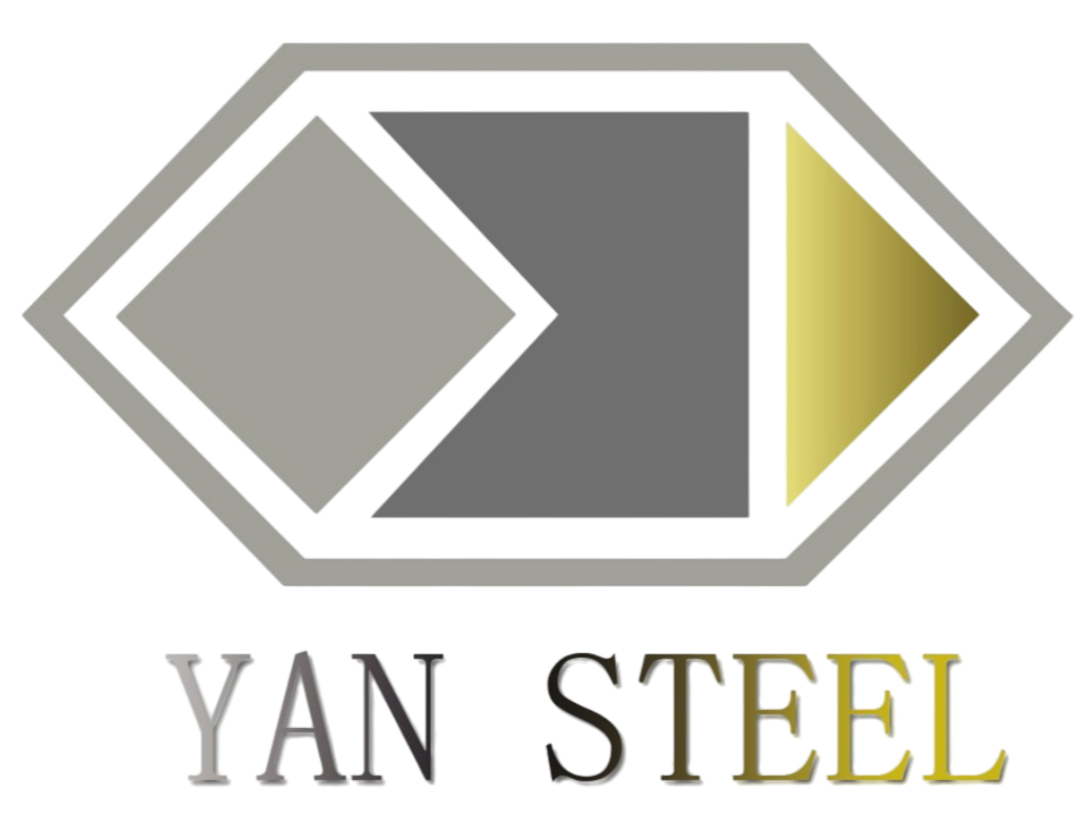Understanding the Value Proposition of Galvanized Steel in Modern Construction
In today's construction and manufacturing landscape, the choice of materials can significantly impact a project's longevity and cost-effectiveness. Galvanized steel has emerged as a prominent player in this arena, offering a unique combination of durability and corrosion resistance that makes it increasingly attractive for various applications. As material costs continue to rise and sustainability becomes paramount, more professionals are evaluating whether this specialized steel treatment justifies its initial premium.
The galvanization process, which involves coating steel with a protective layer of zinc, has been refined over decades of industrial application. This treatment creates a barrier that shields the underlying steel from environmental factors that typically cause deterioration. While the upfront cost may be higher than traditional steel options, the long-term benefits often present a compelling case for investment.
The Science Behind Galvanization Process
Chemical Bonding and Protection Mechanisms
The galvanization process creates a metallurgical bond between zinc and steel, forming several layers of zinc-iron alloy. This complex structure provides superior protection compared to simple paint coatings. When zinc reacts with oxygen in the air, it forms zinc oxide, which further reacts with carbon dioxide to create zinc carbonate. This stable compound acts as an additional protective layer, making galvanized steel particularly resistant to environmental damage.
The sacrificial protection offered by zinc is perhaps the most remarkable aspect of this process. Even if the surface gets scratched or damaged, the surrounding zinc will continue to protect the exposed steel through galvanic action, effectively sacrificing itself to prevent steel corrosion. This self-healing property distinguishes galvanized steel from other protective coatings.
Manufacturing Standards and Quality Control
The production of galvanized steel follows strict international standards that ensure consistent quality and performance. The thickness of the zinc coating is carefully controlled, typically ranging from 45 to 200 microns depending on the application requirements. Regular testing and inspection procedures guarantee that each batch meets specified requirements for coating adhesion, thickness uniformity, and surface finish.
Modern galvanizing facilities employ advanced automation and monitoring systems to maintain precise control over the process parameters. This level of control results in a product that offers predictable performance and reliable protection across its service life.
Economic Benefits and Cost Analysis
Initial Investment vs. Lifetime Value
While galvanized steel typically commands a premium of 25-40% over uncoated steel, this initial cost difference needs to be evaluated against the total lifecycle cost. The extended service life, which can exceed 50 years in many environments, often results in significant long-term savings. Maintenance requirements are minimal, and the need for periodic repainting or repairs is virtually eliminated.
Consider a coastal construction project where standard steel would require repainting every 5-7 years. Over a 30-year period, the cumulative cost of maintenance for uncoated steel would likely surpass the initial premium paid for galvanized steel. This calculation doesn't even account for the operational disruptions and labor costs associated with regular maintenance.
Maintenance and Replacement Considerations
The reduced maintenance requirements of galvanized steel translate directly to lower operational costs. Unlike painted steel that requires regular inspection and touch-up work, galvanized steel can often be left unattended for decades while maintaining its protective properties. This aspect is particularly valuable in hard-to-access locations or critical infrastructure where maintenance shutdowns are costly.
When comparing replacement cycles, galvanized steel demonstrates clear advantages. While unprotected steel might need replacement within 15-20 years in aggressive environments, galvanized steel often continues performing well beyond this timeframe, reducing the frequency and cost of replacements.
Environmental and Sustainability Impact
Carbon Footprint and Recycling Potential
The environmental case for galvanized steel is compelling when considering its full lifecycle impact. The longevity of galvanized steel means fewer replacements and less raw material consumption over time. Additionally, both steel and zinc are 100% recyclable without loss of properties, contributing to a circular economy model.
The galvanization process itself has evolved to become more environmentally responsible, with modern facilities implementing closed-loop systems that minimize waste and emissions. The energy invested in the galvanization process is offset by the extended service life and reduced maintenance requirements.
Sustainable Construction Applications
In sustainable construction, galvanized steel plays a crucial role in achieving green building certifications. Its durability contributes to building longevity, while its recyclability aligns with circular economy principles. The material's low maintenance requirements also reduce the environmental impact of ongoing building operations.
Modern architectural designs increasingly incorporate exposed galvanized steel, taking advantage of its natural aesthetic while ensuring long-term structural integrity. This dual-purpose approach eliminates the need for additional decorative finishes, further reducing environmental impact.
Frequently Asked Questions
How long does galvanized steel typically last?
Galvanized steel can last 50 years or more in normal environments, with some installations exceeding 75 years. The actual lifespan depends on environmental conditions, with more aggressive environments potentially reducing this duration. However, even in challenging conditions, galvanized steel typically outperforms other protective coatings.
Can galvanized steel be painted or modified after treatment?
Yes, galvanized steel can be painted for additional protection or aesthetic purposes, though it requires specific surface preparation and compatible paint systems. Welding and cutting are also possible with appropriate techniques and safety measures to manage zinc fumes.
What environments are best suited for galvanized steel applications?
Galvanized steel performs exceptionally well in most environments, including coastal areas, industrial zones, and locations with high rainfall or humidity. It's particularly valuable in applications where regular maintenance access is difficult or where exposure to corrosive elements is constant.

